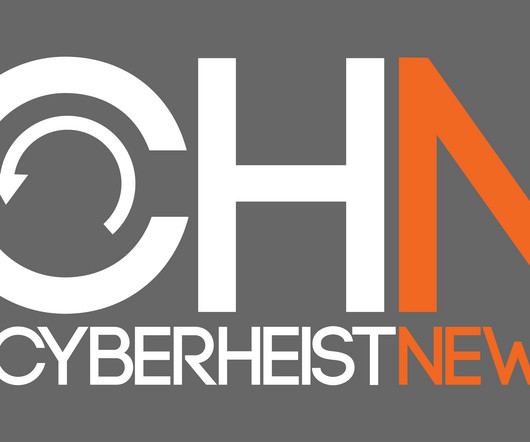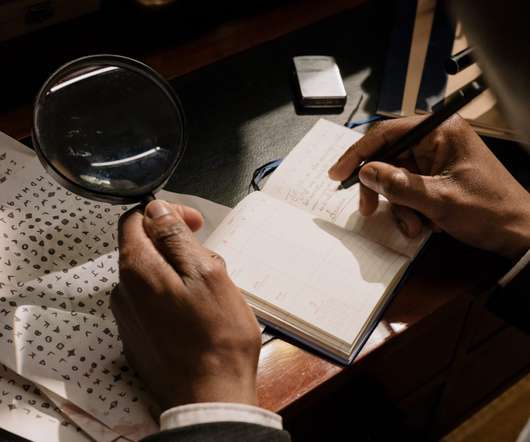A brief history of cryptography: Sending secret messages throughout time
IBM Big Data Hub
JANUARY 5, 2024
From securing everyday personal messages and the authentication of digital signatures to protecting payment information for online shopping and even guarding top-secret government data and communications—cryptography makes digital privacy possible. In modern times, cryptography has become a critical lynchpin of cybersecurity.













Let's personalize your content